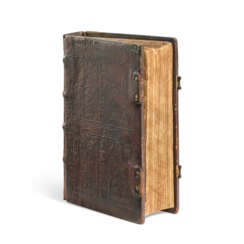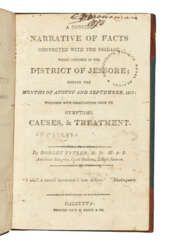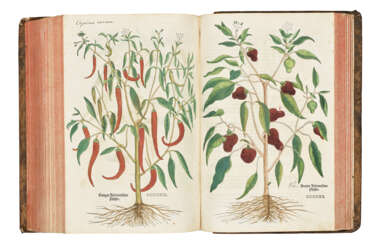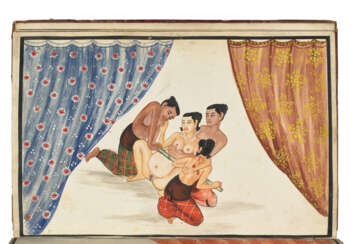médecine et sciences
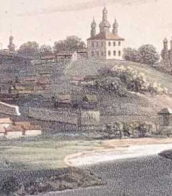






Isaac Newton was an English mathematician, physicist, astronomer, alchemist, theologian, and author (described in his time as a "natural philosopher"), widely recognised as one of the greatest mathematicians and physicists and among the most influential scientists of all time. He was a key figure in the philosophical revolution known as the Enlightenment. His book Philosophiæ Naturalis Principia Mathematica (Mathematical Principles of Natural Philosophy), first published in 1687, established classical mechanics. Newton also made seminal contributions to optics, and shares credit with German mathematician Gottfried Wilhelm Leibniz for developing infinitesimal calculus.
In the Principia, Newton formulated the laws of motion and universal gravitation that formed the dominant scientific viewpoint until it was superseded by the theory of relativity. Newton used his mathematical description of gravity to derive Kepler's laws of planetary motion, account for tides, the trajectories of comets, the precession of the equinoxes and other phenomena, eradicating doubt about the Solar System's heliocentricity. He demonstrated that the motion of objects on Earth and celestial bodies could be accounted for by the same principles. Newton's inference that the Earth is an oblate spheroid was later confirmed by the geodetic measurements of Maupertuis, La Condamine, and others, convincing most European scientists of the superiority of Newtonian mechanics over earlier systems.















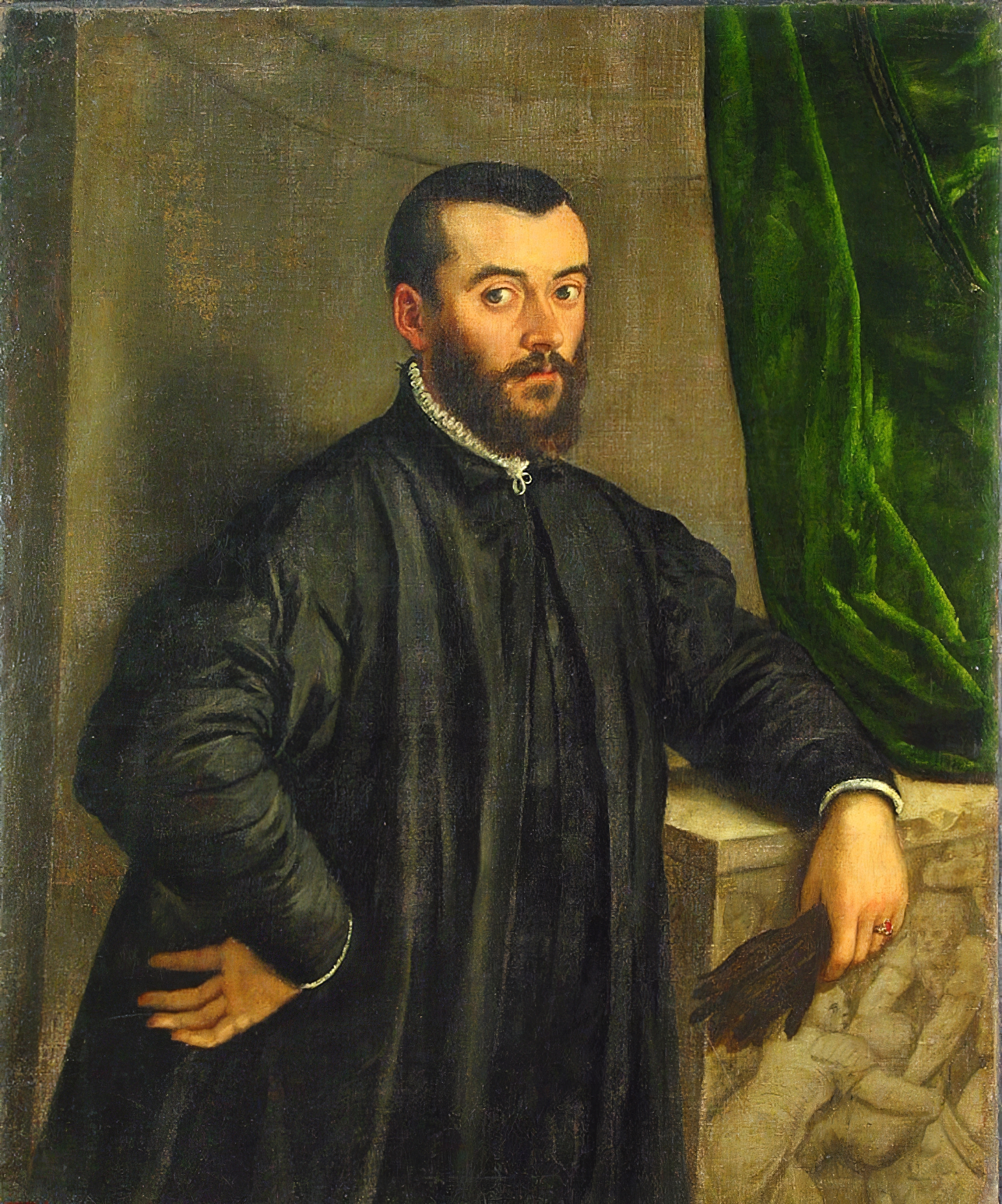
Andreas Vesalius (Dutch: Andries van Wesel) was a Flemish physician, one of the first anatomists of the Renaissance.
Vesalius came from a family of physicians and apothecaries, studied at the Catholic University of Leuven and at the medical school of the University of Paris, where he learned to dissect animals. He also had the opportunity to dissect human cadavers and devoted much time to the study of human bones. He later went to the University of Padua and, after earning his MD degree, was appointed professor of surgery, whose duties included anatomical demonstrations.
Vesalius revolutionized the study of biology and medical practice through his careful description of the anatomy of the human body. Based on observations made by himself, he wrote and illustrated the first complete textbook of anatomy. In 1543 his major work De humani corporis fabrica libri septem ("Seven Books on the Structure of the Human Body"), commonly known as Fabrica, was printed. In this epochal work, Vesalius gave far more extensive and accurate descriptions of the human body than anything that had been done by his predecessors.
In the same year, 1543, the Holy Roman Emperor Charles V appointed him staff physician of his house, and in 1559 Vesalius became physician to the Madrid court of Charles V's son, Philip II.
Vesalius' work made anatomy a scientific discipline with far-reaching implications not only for physiology but for all of biology.


Albert Einstein was a German-born theoretical physicist, widely acknowledged to be one of the greatest and most influential physicists of all time. Einstein is best known for developing the theory of relativity, but he also made important contributions to the development of the theory of quantum mechanics. Relativity and quantum mechanics are together the two pillars of modern physics. His mass–energy equivalence formula E = mc2, which arises from relativity theory, has been dubbed "the world's most famous equation". His work is also known for its influence on the philosophy of science. He received the 1921 Nobel Prize in Physics "for his services to theoretical physics, and especially for his discovery of the law of the photoelectric effect", a pivotal step in the development of quantum theory. His intellectual achievements and originality resulted in "Einstein" becoming synonymous with "genius".





Leonhart Fuchs was a German humanist scientist, botanist, and physician.
Fuchs received a humanistic education under Catholic guidance, but later became a Protestant. He studied medicine and became a professor in Tübingen. He was most interested in the medicinal properties of plants. Well acquainted with the Greek and Latin classics and an excellent observer, he gave precise descriptions, and his beautiful engravings of plants established the tradition of depicting plants with precise illustrations and in alphabetical order.
In 1542 Fuchs published his most important work, De Historia Stirpium Commentarii Insignes (Famous Commentaries on the History of Plants). The book was a great success, especially because of the magnificent woodcuts and the 487 plants, which were described for the first time in such a systematic form. De Historia Stirpium survived several editions and was translated into Dutch and German.









![[TOFT, Mary (c.1703-1763)]](/assets/image/picture_5108857/0a548/8f614f9112b9d09c882d5f7b50ca63a81765321200jpg__fix_374_244.jpeg)
![[TOFT, Mary (c.1703-1763)]](https://veryimportantlot.com/assets/image/picture_5108857/0a548/8f614f9112b9d09c882d5f7b50ca63a81765321200jpg__fix_374_244.jpeg)


![[BOYLE, Robert (1627-1691)]](/assets/image/picture_5109430/040d0/e6224dadc2eec368f482335111b1e33b1765321200jpg__fix_374_244.jpeg)
![[BOYLE, Robert (1627-1691)]](https://veryimportantlot.com/assets/image/picture_5109430/040d0/e6224dadc2eec368f482335111b1e33b1765321200jpg__fix_374_244.jpeg)
![[NEWTON, Isaac, Sir (1642-1727)]](/assets/image/picture_5109616/1e30c/5d28e844288dbc71121959c3b0b354f51765321200jpg__fix_374_244.jpeg)
![[NEWTON, Isaac, Sir (1642-1727)]](https://veryimportantlot.com/assets/image/picture_5109616/1e30c/5d28e844288dbc71121959c3b0b354f51765321200jpg__fix_374_244.jpeg)
![[HERBAL]](/assets/image/picture_5108883/1dd2b/c148090935abcdf46909d404a61555bd1765321200jpg__fix_374_244.jpeg)
![[HERBAL]](https://veryimportantlot.com/assets/image/picture_5108883/1dd2b/c148090935abcdf46909d404a61555bd1765321200jpg__fix_374_244.jpeg)
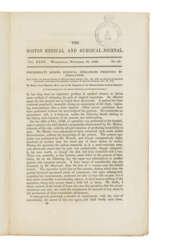



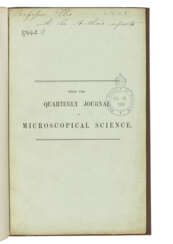

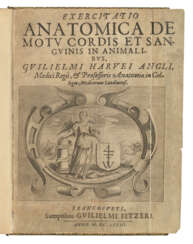



![EDWARDES [or EDGUARD], David (c.1502-c.1542)](/assets/image/picture_5109073/a4217/23dd2d502cfd3dcd27538436be5e0cc01765321200jpg__fix_374_244.jpeg)
![EDWARDES [or EDGUARD], David (c.1502-c.1542)](https://veryimportantlot.com/assets/image/picture_5109073/a4217/23dd2d502cfd3dcd27538436be5e0cc01765321200jpg__fix_374_244.jpeg)












